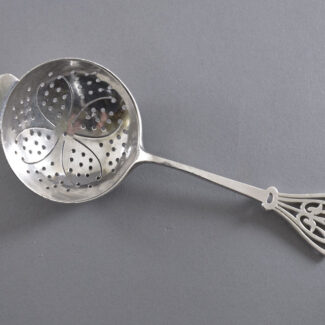Gifford Pinchot (1865-1946)
Types Signed Letter, June 27 1910
Personal Letterhead, 1617 Rhode Island Avenue
PINCHOT, Gifford: an American forester and politician. He served as the fourth chief of the U.S. Division of Forestry, as the first head of the United States Forest Service, and as the 28th governor of Pennsylvania. He was a member of the Republican Party for most of his life, though he joined the Progressive Party for a brief period.Born into the wealthy Pinchot family, Gifford Pinchot embarked on a career in forestry after graduating from Yale University in 1889. President William McKinley appointed Pinchot as the head of the Division of Forestry in 1898, and Pinchot became the first chief of the U.S. Forest Service after it was established in 1905. Pinchot enjoyed a close relationship with President Theodore Roosevelt, who shared Pinchot’s views regarding the importance of conservation. After William Howard Taft succeeded Roosevelt as president, Pinchot was at the center of the Pinchot–Ballinger controversy, a dispute with Secretary of the Interior Richard A. Ballinger that led to Pinchot’s dismissal. The controversy contributed to the split of the Republican Party and the formation of the Progressive Party prior to the 1912 presidential election. Pinchot supported Roosevelt’s Progressive candidacy, but Roosevelt was defeated by Democrat Woodrow Wilson. Pinchot returned to public office in 1920, becoming the head of the Pennsylvania’s forestry division under Governor William Cameron Sproul. He succeeded Sproul by winning the 1922 Pennsylvania gubernatorial election. He won a second term as governor through a victory in the 1930 Pennsylvania gubernatorial election, and supported many of the New Deal policies of President Franklin D. Roosevelt. After the repeal of the Eighteenth Amendment, Pinchot led the establishment of the Pennsylvania Liquor Control Board, calling it “the best liquor control system in America”. He retired from public life after his defeat in the 1938 Pennsylvania gubernatorial election, but remained active in the conservation movement until his death in 1946. (Via Wikipedia)







